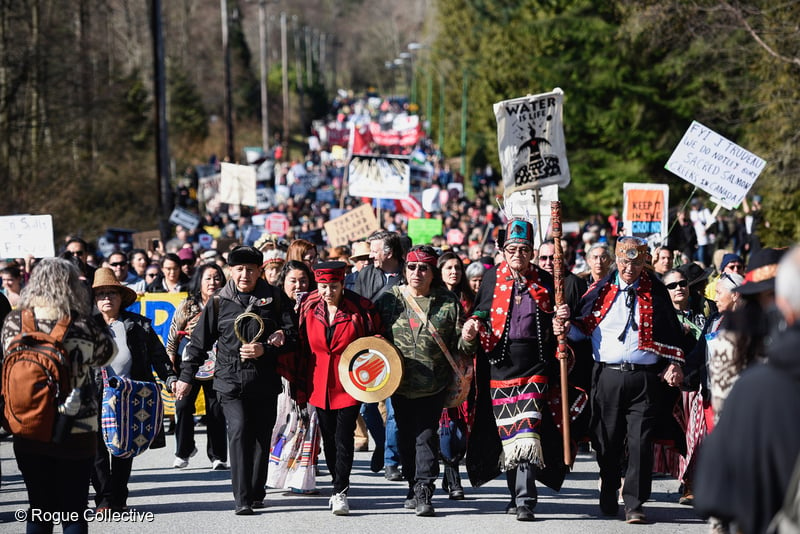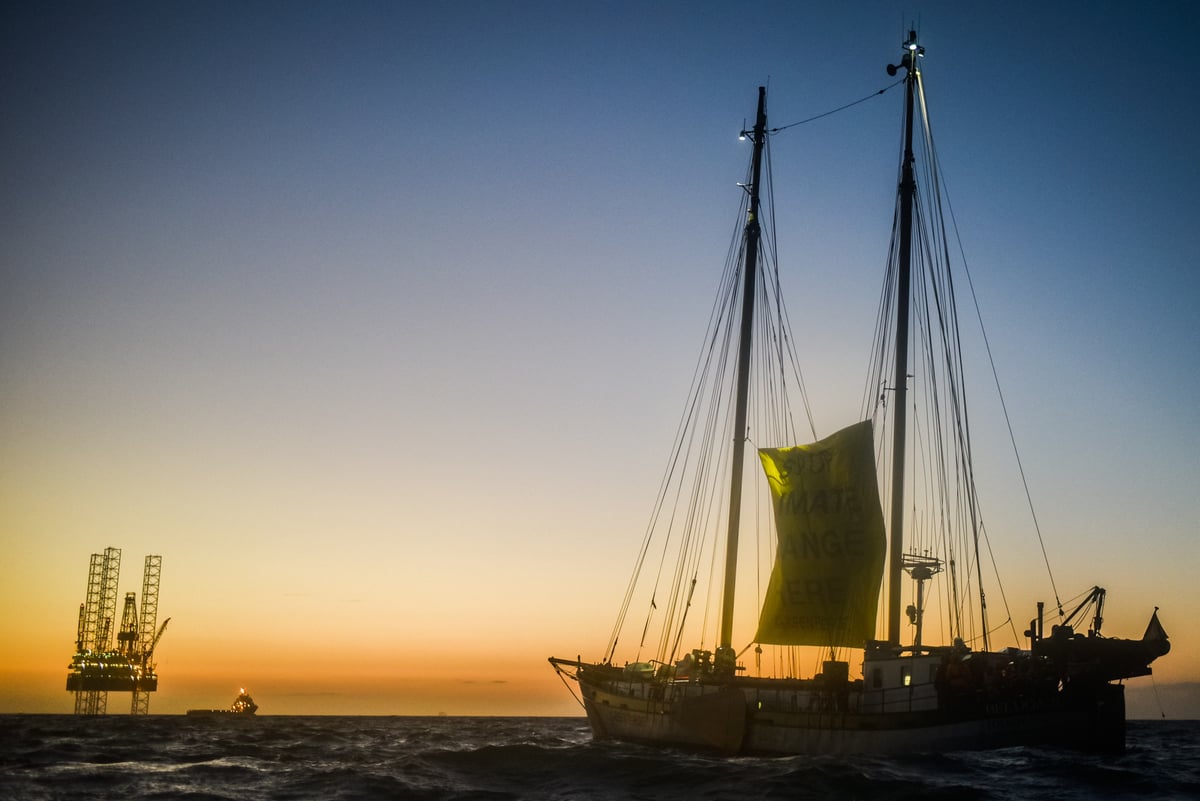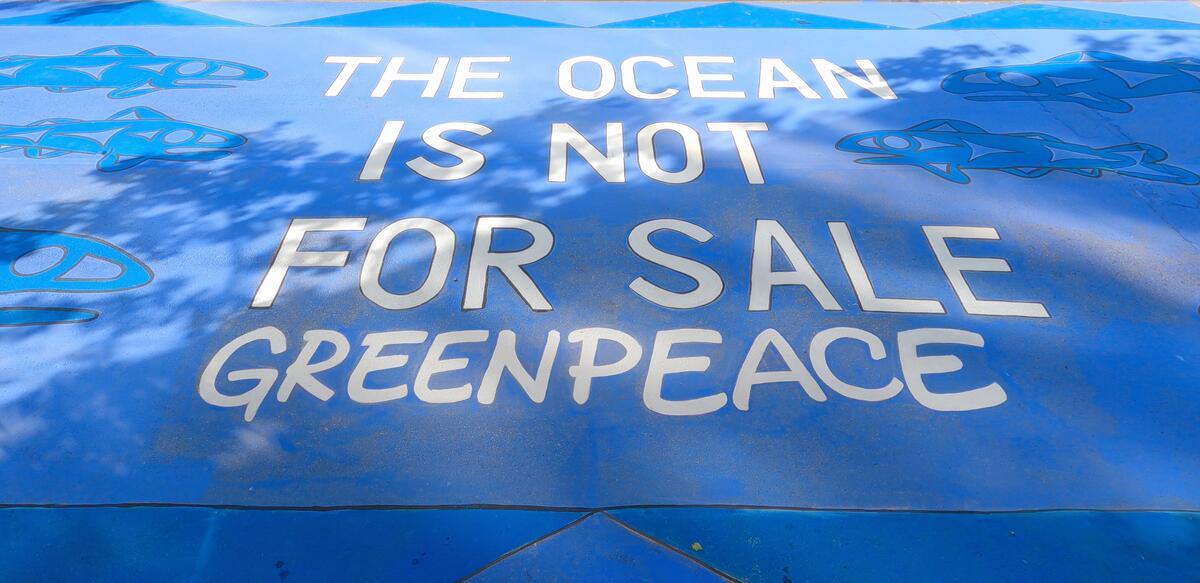You did it!!
After over two decades of campaigning, we’ve achieved a historic victory for the planet: the UN Global Ocean Treaty has officially been ratified. This historic agreement will enter into force in January 2026 — paving the way for the creation of the world’s first network of sanctuaries in international waters.
And it was made possible because millions of people like you raised your voices for the oceans.
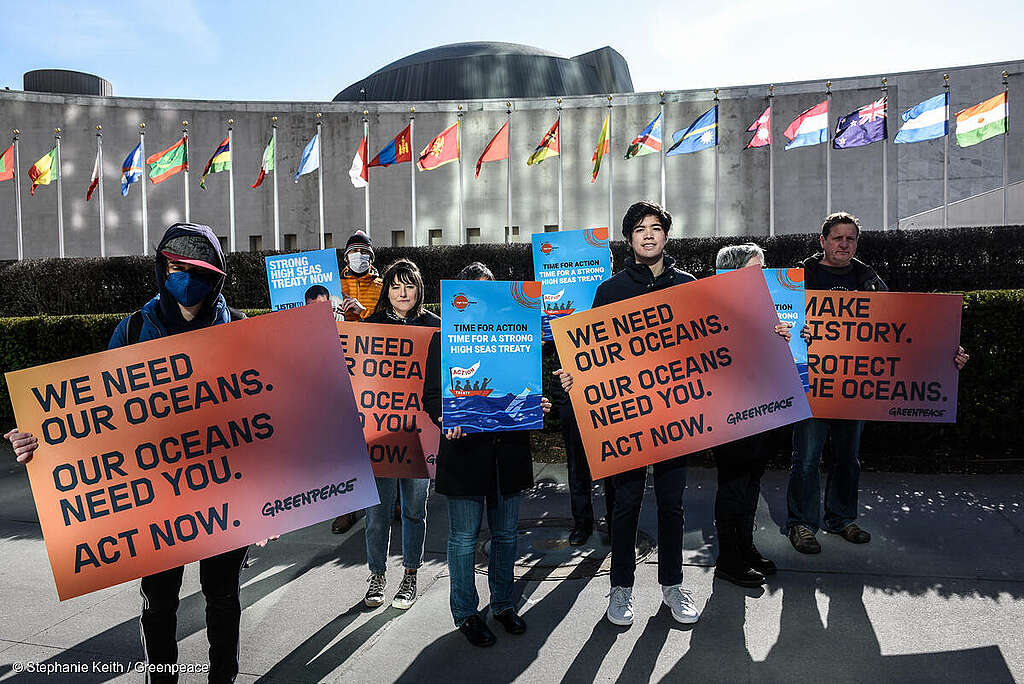
Why does this matter?
Well, right now, less than 1% of the High Seas (areas of the ocean beyond national jurisdiction) are fully or highly protected. These vast waters are home to whales, sea turtles, and countless species we are only just beginning to discover. They’re vulnerable to, and often exploited by, destructive industries like industrial fishing, oil drilling, and the threat of deep sea mining.
But this UN Global Ocean Treaty changes everything. For the first time, governments have a legal framework to protect huge stretches of international waters, creating sanctuaries where ecosystems can recover, biodiversity can thrive, and coastal communities can feel secure in practicing their traditional livelihoods and in their future. For years, scientists have told us that protecting at least 30% of the oceans by 2030 is essential to halting biodiversity loss and tackling the climate crisis. This Treaty will help make that possible.
But good things take time!
This moment has been nearly 20 years in the making. Backed by scientists, Greenpeace first called for an ocean treaty back in 2005. Since then, we have teamed up with campaigners, Indigenous leaders, scientists, fishers, millions of ocean lovers around the world, and even ocean-dependent businesses to push for protection.
To convince the world how critically we need this Treaty, we have travelled from ocean to ocean — from the Arctic to the Galápagos — documenting plastic pollution, industrial overfishing, commercial whaling, and the astonishing beauty of life below the waves. The images, stories, and scientific evidence we collected alongside our allies helped fuel a movement. And every petition you signed, every march you joined, every message you sent to world leaders and corporations helped build the momentum we needed.
This victory belongs to all of us.
People power helped us push governments to create a critical framework that can protect fragile marine species and ecosystems, and also support the millions of people whose lives depend on healthy seas. Now, let’s make the oceans thrive!
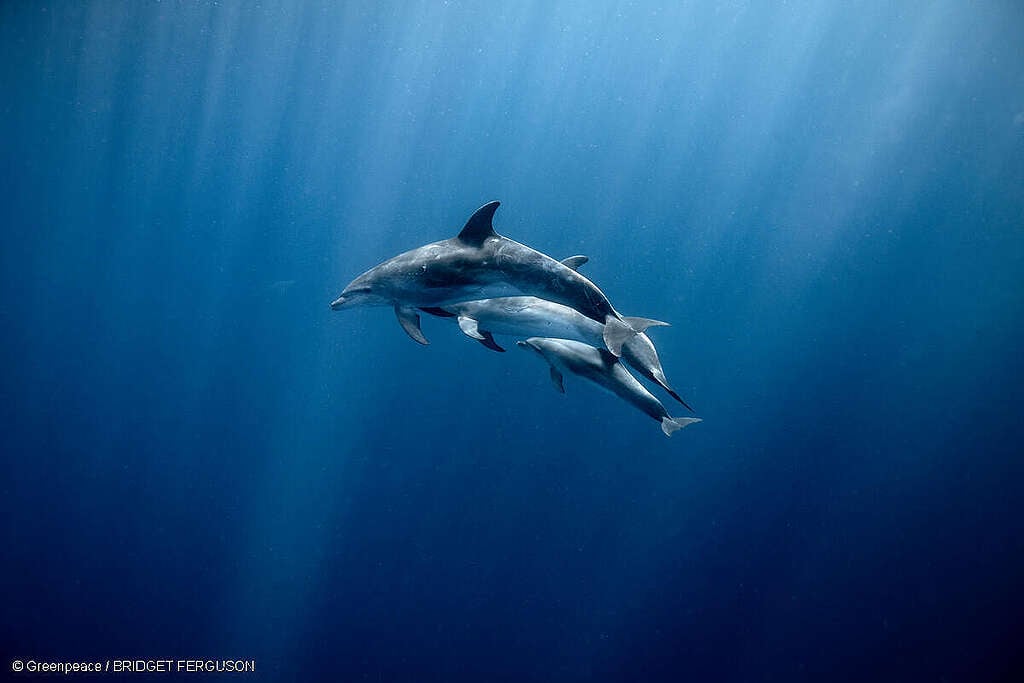
So what comes next?
The Treaty will officially enter into force in January, setting the stage for the first-ever UN Ocean COP (Conference of the Parties) in 2026. That’s when governments will begin to propose and adopt new high seas sanctuaries.
But the work is far from over. To meet the 30×30 target — protecting 30% of the oceans by 2030 — countries must designate over 12 million square kilometres of ocean as sanctuaries every year between now and 2030. It’s an enormous task, and the clock is ticking.
But fear not. Greenpeace will be there every step of the way: pushing governments to keep their promises, exposing destructive industries, and working alongside Indigenous Peoples and local communities to ensure protections are strong, fair, and effective.
So while the work is not done, we’ll push on, buoyed with renewed enthusiasm due to this incredible milestone that we achieved together! Because once again, we’ve proven that when we unite across borders and generations, we can move mountains — or in this case, protect oceans.

